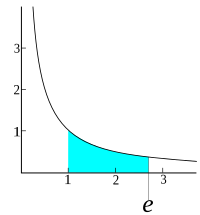
Photo from wikipedia
Antibiotic treatment has been shown to cause gut microbiota dysbiosis. However, lacking critical features defining gut microbiota dysbiosis makes it challenging to prevent. By co-occurrence network analysis, we found that… Click to show full abstract
Antibiotic treatment has been shown to cause gut microbiota dysbiosis. However, lacking critical features defining gut microbiota dysbiosis makes it challenging to prevent. By co-occurrence network analysis, we found that despite short antibiotic courses eliminating certain microbial taxa, the Akkermansia genus played the role of a high-centrality hub to maintain microbiota homeostasis. When the antibiotic courses continued, the elimination of Akkermansia induced a significant microbiota remodeling of the gut microbiota networks. Based on this finding, we found that under long-term antibiotic stress, the gut microbiota was rearranged into a stable network with a significantly lower Akkermansiaceae/Lachnospiraceae (A/L) ratio and no microbial hub. By functional prediction analysis, we confirmed that the gut microbiota with a low A/L ratio also had enhanced mobile elements and biofilm-formation functions that may be associated with antibiotic resistance. This study identified A/L ratio as an indicator of antibiotic-induced dysbiosis. This work reveals that besides the abundance of specific probiotics, the hierarchical structure also critically impacts the microbiome function. Co-occurrence analysis may help better monitor the microbiome dynamics than only comparing the differentially abundant bacteria between samples.
Journal Title: Bioinformatics and biology insights
Year Published: 2023
Link to full text (if available)
Share on Social Media: Sign Up to like & get
recommendations!